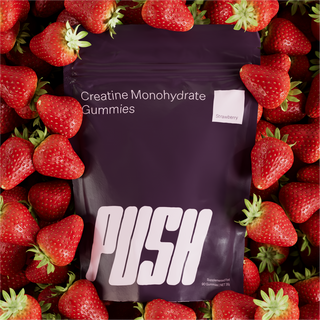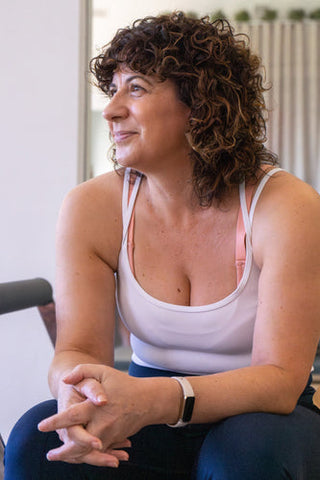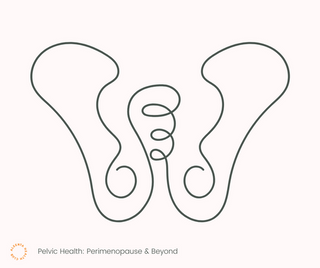At Aleenta Health Club, we offer several forms of low-impact exercise, including barre, Pilates and Yoga. Low-impact exercise is a form of physical activity that puts minimal stress on your joints, bones, and connective tissues. It usually involves one or both feet staying in contact with the ground, which reduces the amount of force on the joints and is why you will see minimal jumping in our classes and always have options to modify.
Due to this commonality, there are a lot of similarities between the three forms of exercise. Barre borrows movement from Pilates due to its origins as rehabilitative exercise and sometimes we even borrow yoga flows for a barre warm-up! However, barre is clearly unique in its use of balletic moves. But what about Pilates and Yoga? When considering Pilates in its initial form (on the mat), it has many similarities with Yoga; both are mind-body practices that focus on improving flexibility, strength, balance, and posture. They both involve movements that are performed with controlled breathing and require a certain level of concentration.

However, there are some significant differences between the two practices. Pilates was developed in the early 20th century by Joseph Pilates as a form of rehabilitation for injured soldiers. We go into greater detail about who Pilates was and how he created his iconic exercise, here. The primary focus of Pilates is to strengthen the core muscles, improve posture, and promote overall body awareness. Exercises are usually performed on a mat or using specialized equipment like a Reformer machine. In comparison, Yoga is an ancient practice that originated in India over 5,000 years ago, something we explored in our recent blog about Yin Yoga. The primary focus of Yoga is on achieving balance and harmony between the mind, body, and spirit. It incorporates physical postures (asanas), breathing exercises (pranayama), meditation, and chanting.

While both Pilates and Yoga can provide the same physical and mental benefits, the differences lie in their goals and approaches. Pilates is used for physical conditioning and health, while Yoga is more focused on spiritual growth and self-realization, in addition to any physical benefits that you may acquire on the way. In fact, the word "yoga" itself comes from the Sanskrit word "yuj," which means to yoke or unite, and refers to the union of the mind, body, and spirit. Yoga emphasizes the practice of mindfulness, which involves being fully present and aware of your thoughts, feelings, and surroundings not just in the studio, but in your daily life as well. By cultivating mindfulness, you can develop a greater sense of self-awareness, reduce stress and anxiety, and improve your overall quality of life. A traditional aspect of Yoga that is often lost in Western practices is its strong ethical component; practitioners are encouraged to live a life of integrity, compassion, and non-violence. The ethical principles of yoga, known as the yamas and niyamas, provide a framework for living a balanced and harmonious life.
Overall, yoga is a holistic practice that goes beyond the physical postures whereas Pilates has more emphasis on physical conditioning and overall health.
So… which should you do?
Exercise is individual to each person, and the ‘best’ form to do is going to be unique to you. If you are looking for exercise that will improve your mental and physical health, both Pilates and Yoga are ideal, and perhaps a combination of both is the way to go! If physical conditioning and muscle toning is what you’re after, and you aren’t necessarily interested in a deeper spiritual, mental practice, Pilates sounds like your go-to.

Want to deepen your spiritual connection to, and through, your body? Yoga is absolutely for you. It’s also an amazing way to cultivate mindfulness and bring energy and ease to movements through the specific poses (asanas) taught in class.
Whatever you choose, you’ll leave feeling physically, mentally and emotionally better - relieving any stress or tension that has built up in the body and mind.

Ready to try one, or both? We have an exclusive intro offer for new clients.





